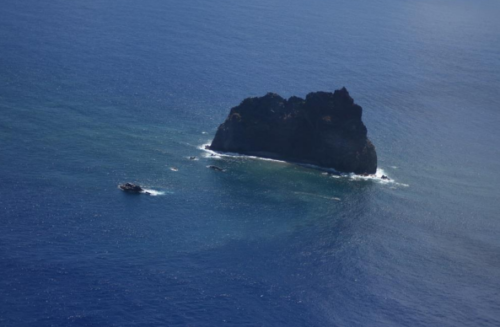2024-07-19 パシフィック・ノースウェスト国立研究所(PNNL)
<関連情報>
- https://www.pnnl.gov/publications/gaining-insights-how-mineral-surfaces-respond-electric-fields
- https://pubs.acs.org/doi/10.1021/acs.jpcc.4c00107
- https://pubs.acs.org/doi/10.1021/acs.jpcc.4c00693
湿潤カルサイト表面におけるイオンの電気分極と緩和のダイナミクス Dynamics of Electric Polarization and Relaxation of Ions at Humid Calcite Surfaces
Benjamin A. Legg, Yue Zhu, Elias Nakouzi, Timothy. C. Johnson, and Kevin M. Rosso
Journal of Physical Chemistry C Published:April 18, 2024
DOIhttps://doi.org/10.1021/acs.jpcc.4c00107
Abstract

Mobile ions at mineral surfaces can respond to an applied electric field, adopting a new distribution that effectively represents polarization of the electrical double layer. When the field is released, the ions relax to their equilibrium distribution. In both cases, the dynamics are characteristic of the interface. However, current models of electrokinetic phenomena are not sufficiently robust to accurately predict collective ion dynamics at structurally and chemically specific mineral–water interfaces. In this study, we use electrostatic force microscopy (EFM) to investigate the dynamics of ion relaxation at hydrated calcite (104) surfaces at controlled relative humidity (RH). Electrically biased probes are used to polarize the distributions of calcium and carbonate ions that are intrinsic to this interface across a range of RH values. Polarization kinetics are tracked by monitoring the tip–sample force gradient during charging, and EFM imaging is used to characterize the spatial relaxation dynamics after the applied field is released. Electrostatic finite element modeling of the sample/probe system across length-scales from nanometers to millimeters reproduces the observed stretched exponential charging response. Together, these results allow us to estimate the ion diffusivities at the interface across a wide range of RH values. These diffusivities increase by roughly 5 orders of magnitude as the RH is increased from 5 to 90%, highlighting the critical role of adsorbed water for surface ion solvation that enables ion mobility.
石英(001)および(101)表面における水性電解質の構造とダイナミクス Structure and Dynamics of Aqueous Electrolytes at Quartz (001) and (101) Surfaces
Pauline G. Simonnin, Sebastien N. Kerisit, Elias Nakouzi, Timothy C. Johnson, and Kevin M. Rosso
Journal of Physical Chemistry C Published:April 15, 2024
DOI:https://doi.org/10.1021/acs.jpcc.4c00693
Abstract

Understanding and describing reactivity at mineral–water interfaces, such as ion adsorption, the kinetics of dissolution, or surface charge development, depends on our ability to improve the accuracy of electrical double-layer (EDL) models. While molecular dynamics (MD) simulations are routinely used to investigate the structure and energetics of adsorbed ions comprising the EDL, less attention has been paid to their self-diffusion dynamics, which can uniquely inform coupling to interfacial reactions. Here, we use MD to investigate both the organization and diffusion dynamics of water and electrolyte ions (NaCl, KCl, CaCl2) on hydroxylated quartz (001) and (101) surfaces, which allow us to assess surface structural effects of corrugation and silanol density. Complementary atomic force microscopy measurements are also used to probe the interfacial solution structure. We found that the inner- versus outer-sphere complex formation depends on the cation size and charge but not necessarily on hydration energies. The participation of surface silanols in the hydration spheres of Na+ and K+ generally indicates their preference for inner-sphere complexation, but this is strongly dependent on the orientation of the surface considered through its influence on the organization and dynamics of adsorbed water layers. In particular, the surface orientation substantially affects the diffusive behavior of near-surface water. Na+ is found to decrease the mobility of water in the first layer, consistent with the increasing frequency of hydrolysis implied by the faster quartz dissolution rates observed in experiments via the well-known salt effect. Our results are also in good agreement with the observed dissolution rate of quartz vs the surface adsorption strength measured by Dove and Nix. This study sets the stage for a forthcoming study examining how the dynamics at quartz/electrolyte interfaces are influenced by externally applied electric fields.



